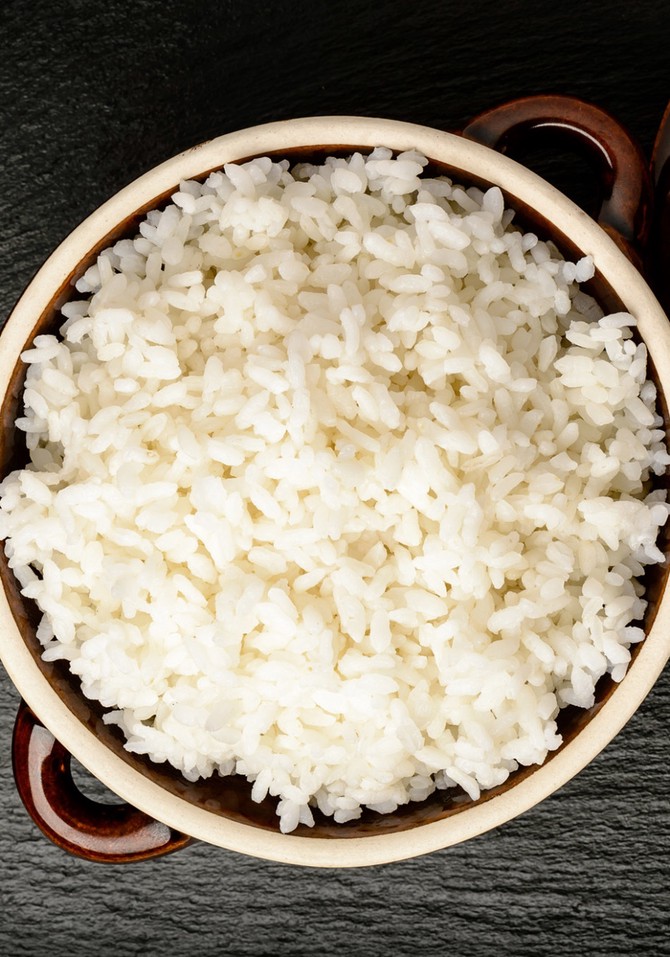Are You Cooking Rice the Wrong Way?
Alison Cayne, author of The Haven's Kitchen Cooking School, explains the little things that can make a big difference when preparing this essential ingredient.
By Lynn Andriani

Photo: iStock
Winging the measurements.
Some packages of rice have reliable rice-to-liquid ratios on the back of the bag or box, but not all. To eliminate the guesswork, Cayne goes with this formula: 1 1/2 to 2 cups of liquid for every cup of raw rice. The liquid can be water, stock, a coconut milk-water mixture, even tea. If you're using brown rice, go with closer to 2 cups of liquid; for white rice, around 1 1/2 cups should suffice (brown rice needs more liquid because it still has a bran, or outer covering, that needs to be softened).

Photo: iStock
Skipping the rinse.
Washing grains of rice before cooking them isn't absolutely necessary, but if you prefer the grains to be separate and not clumpy, the few minutes it takes matters. Cayne says to place the rice in a fine-mesh sieve and run cold water over it, swishing the grains around, for about two minutes. This removes the starch that gives the cooked rice a gummier texture.

Photo: iStock
Not knowing your stove well.
After you combine the rice with liquid and bring it to a boil, you'll want to reduce the heat to the lowest setting and cover the pot with a tight-fitting lid. The mistake Cayne says many home cooks make at this point is not using the lowest setting of the weakest burner on the stove. She says most of us don't realize each burner on a range is different, so "low" on one burner may not be as low as "low" on another. Find the one that's putting out the least amount of heat (the pot's lid shouldn't vibrate, and the rice should be very gently simmering inside) and use that one for cooking. If the flame is too high, the rice could turn out soft on the outside but still crunchy on the inside.

Photo: iStock
Forgetting the rest.
You've heard of resting steak before serving it—well, it turns out that rice also benefits from a brief time-out between taking it off the stove and eating it. When the rice is finished cooking, move the pot from the burner to a trivet or hot plate on the counter, letting it rest, covered, so it steams for another five to 10 minutes. This will make for a more evenly cooked pot of rice with no rogue, not-quite-done grains.

Photo: iStock
Leaving it clumpy.
Once the rice is steamed, Cayne recommends one final step for preparing the perfect rice: Use a fork. Take a dinner-size one and gently lift the rice up and let it back down, moving the fork around so you cover the entire pot. This "fluffing" technique ensures that the grains won't clump when they're served.
Published 07/20/2017

